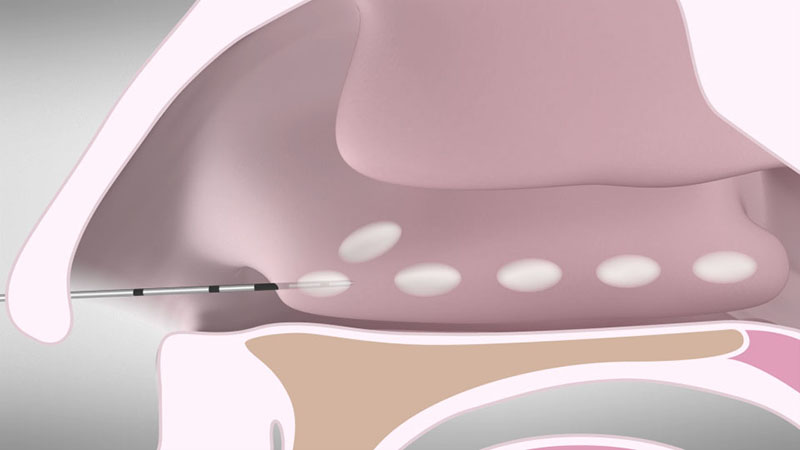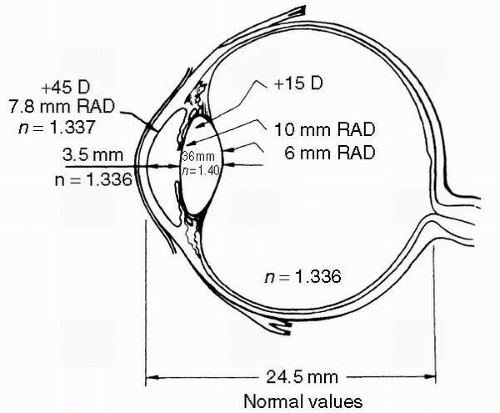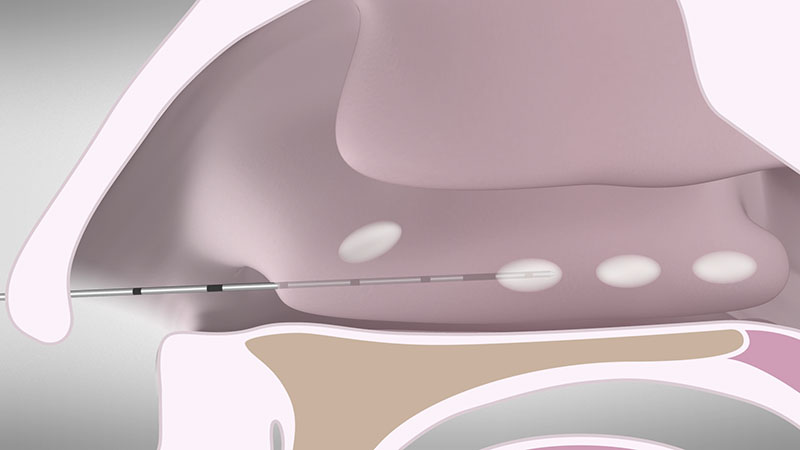Radiofrequency Turbinate Reduction Near Me. Radiofrequency turbinate reduction is a procedure in which a needle-like instrument is inserted into the turbinate and energy is transmitted to the tissue to cause a controlled damage, so by the time healing process occurs, the turbinates will be reduced, allowing improved airflow through the nose. The procedure is typically well tolerated and can be performed with a patient awake in the office setting.

Design A retrospective review of a prospective data set.
Turbinate reduction is surgery to shrink swollen turbinates in your nose.
Nasal turbinates (or nasal concha) are bony and soft-tissue structures inside the nose. The goal of turbinate reduction surgery is to shrink the size of the turbinates without removing too much tissue. During these techniques, the turbinate tissue is heated with a specialized device, causing scar tissue to form over time and shrink the turbinate. Radiofrequency turbinate reduction (RFTR) is a minimally invasive surgical option that can reduce tissue volume in a precise, targeted manner. A turbinate reduction involves reducing the size of these bones to help open up your airway.. Turbinates are long, thin bones covered in thin membranes (soft tissue) lining both sides of the inside of your nasal passages.
They especially enlarge with a cold or infection because blood is coming to the area to fight infection. During these techniques, the turbinate tissue is heated with a specialized device, causing scar tissue to form over time and shrink the turbinate. Lemogne has recommended treating Empty Nose Syndrome as a somatic disorder, including cognitive therapy and by venlafaxine. Newer techniques include radiofrequency-assisted turbinoplasty, microdebrider-assisted turbinoplasty, and ultrasound turbinate reduction. The procedure is typically well tolerated and can be performed with a patient awake in the office setting. They enlarge with allergy, and become pale and swollen.
During these techniques, the turbinate tissue is heated with a specialized device, causing scar tissue to form over time and shrink the turbinate. There can be some post-operative bleeding and bloody discharge, but this can be stemmed by the use of nasal saline mist spray. A lack of turbinate tissue may cause the nasal cavity to become very dry and.





